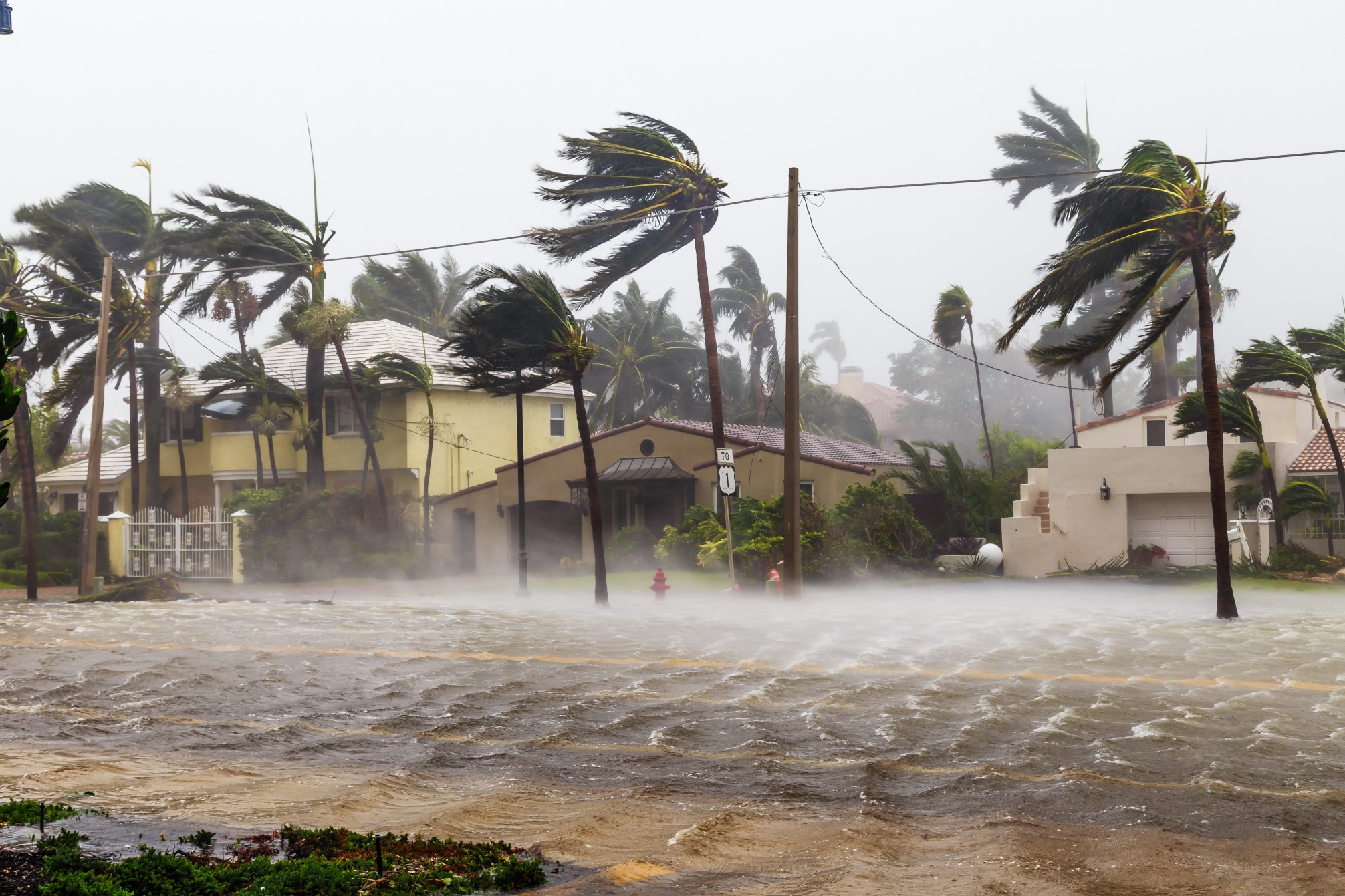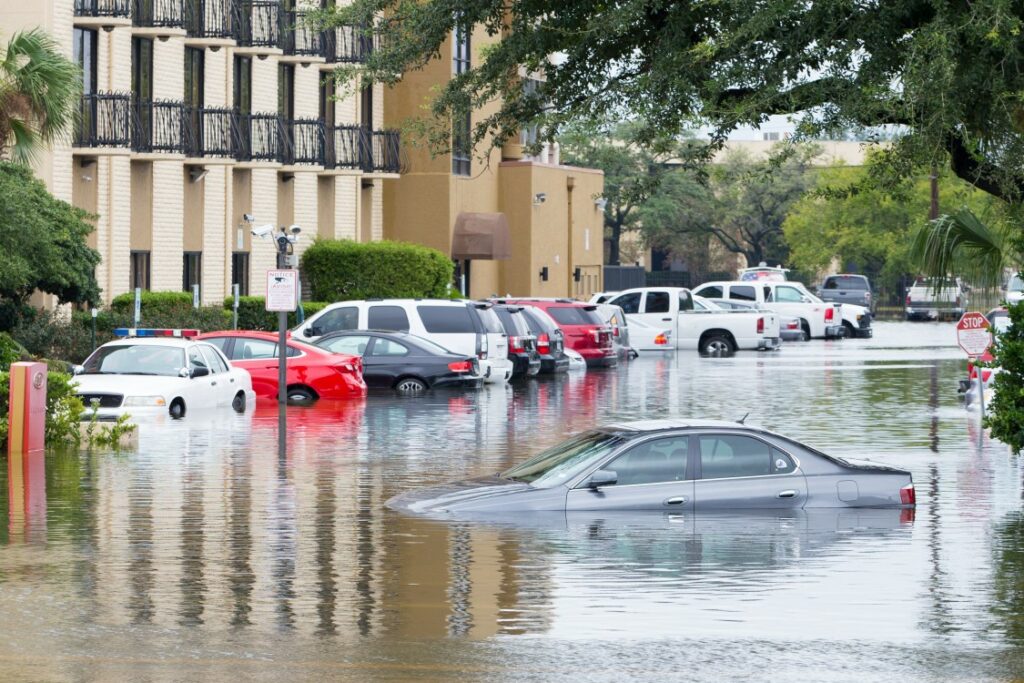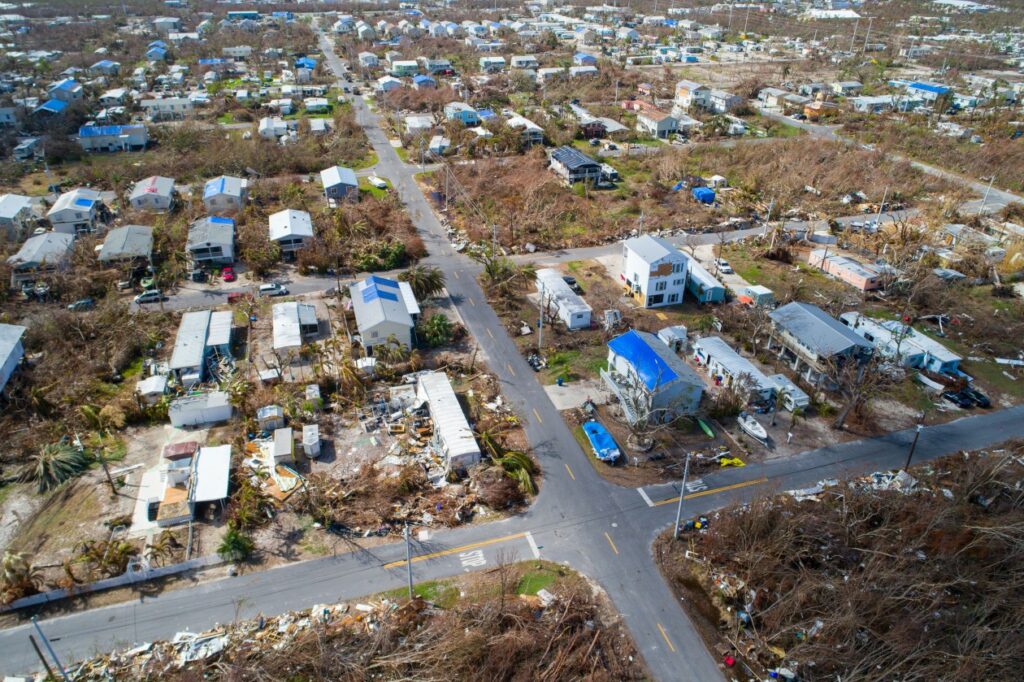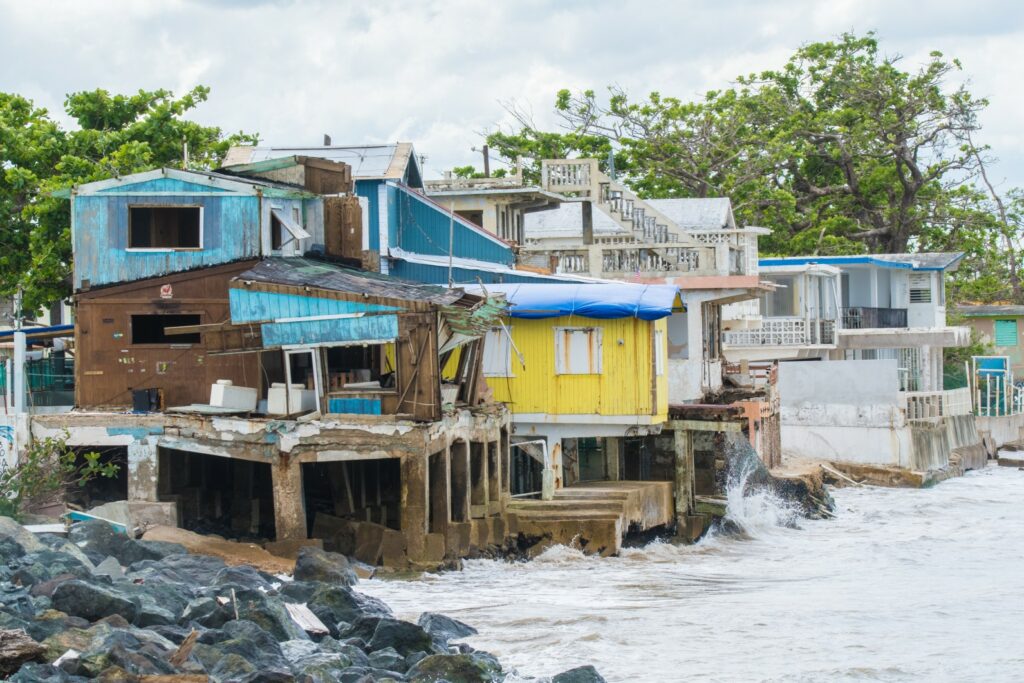
Heavy Rain, Flooding, and Chance of Severe Weather Staring Down the Southern U.S.
January 22, 2024
Posted: September 24, 2022 11:03 am





As the tropics are starting to come to life to close out the month of September, this is a good time to look back at one of the most costly and dangerous Atlantic hurricane seasons on record. The year 2017 has been thrust back into the spotlight with the marking of the five-year anniversary of the deadly Hurricane Maria in Puerto Rico, happening just as the U.S. territory was being inundated with flooding thanks to Hurricane Fiona.
Record-Breaking 2017 Atlantic Hurricane Season by the Numbers
According to most estimates, the 2017 hurricane season was the costliest of all time, causing almost $300 billion in damages. That number would be even higher by 2022 standards. Part of the reason for the elevated costs is that the season got started earlier than usual. Although the official start of the season is not until June 1, 2017 saw a tropical storm form in April, a harbinger of things to come for the year.
Once the season officially got started, the second and third named storms of the season fired up with five named storms by the end of July. The first hurricane of the season formed on August 9 with more to come in the parade of storms.
Here is a look at some of the most costly and fatal hurricanes of the 2017 Atlantic hurricane season.
Hurricane Harvey

Hurricane Harvey bears the distinction of being the first major hurricane in the U.S. in 10 years. The system got its start as a tropical depression on August 16. Although the storm almost dissipated completely, it found enough energy to journey into the Gulf of Mexico where it really began to pick up steam as it moved toward the coastline of Texas.
Harvey officially became a hurricane on August 23, quickly intensifying and going from a tropical depression to a Category 4 hurricane within just 48 hours. Hurricane Harvey made landfall on August 25 near Rockport Texas as a Category 4 storm with maximum sustained winds of 130 mph.
The major complicating issue with Harvey was its excruciatingly slow speed, crawling along to the east and northeast at 2 mph. This slow speed led to heavy rain that would not let up. Although it was downgraded to a tropical storm rather quickly, the slowdown meant that much of South Texas was pummeled with relentless rain and deadly flooding.
The town of Nederland, Texas measured over 60 inches of rain, shattering the record of 48 inches. Many areas throughout the Lone Star State reported rainfall of over 50 inches. By the time Harvey was done, it was blamed for 91 fatalities and about $198 billion in damages.
Hurricane Irma
After a brief break of two weeks, Hurricane Irma came into the picture in the Atlantic. Irma hit Category 5 status on September 5 as it barreled toward Barbuda, damaging or destroying nearly all of the structures on the small Caribbean island.
Irma boasted maximum sustained winds of 185 mph for a whopping 37 hours, distinguishing it as the longest time that any storm has maintained this strength. The storm went on to impact Puerto Rico before heading to the Florida Keys. According to the National Hurricane Center (NHC), Irma triggered a storm surge as high as 8 feet in the Keys.

Irma eventually made landfall in South Florida as a major Category 3 storm. Officials said that at least 84 people were killed in this part of the U.S. at the hands of the storm. Downtown Miami was hit with extensive flooding while Miami-Dade County suffered crop losses of about 50%.
The monster storm was responsible for over $52 million in damage, making it the sixth-costliest hurricane originating in the Atlantic basin.
Hurricane Maria
Most everyone is familiar with the wrath of Hurricane Maria. Like Hurricane Irma, Maria got its start coming off the western coast of Africa. Within six hours of forming into a tropical depression, Maria had intensified into a tropical storm. Just one day later Hurricane Maria was born.

Hurricane Maria exploded at a fast clip, going from a Category 1 hurricane to a Category 4 monster in one day. Dominica was the first major landmass to take a direct hit from Maria.
After moving through the U.S. Virgin Islands, Maria went on to make landfall near Yabucoa, Puerto Rico with 155 mph winds as a Category 4 storm. This strength made Maria the strongest storm to hit Puerto Rico since 1932.
The island’s power grid was decimated, leaving every resident in the dark for days. Intense flooding caused widespread damage, wiping out homes and businesses in a flash. The extensive wind damage cut off communication with the territory, making it nearly impossible for authorities to get the help that they needed.
While it took weeks for the true cost of the storm to be realized, the official death toll settled in at almost 3,000 people. The hurricane was also responsible for a loss of about $90 billion, making it the worst storm to ever hit the territory.
Other Storms to Note
In addition to the big names of Harvey, Irma, and Maria, there were numerous other storms that were born in the Atlantic basin this year. Hurricane Jose made it all the way to a Category 4 designation as it unleashed on the U.S. Virgin Islands. Even though it only was a Category 1 storm, Hurricane Nate was blamed for at least 50 deaths in Costa Rica and Nicaragua.
Just when hurricane watchers thought the season was wrapping up, Hurricane Ophelia formed near the Azores west of Portugal. While Ophelia did not cause significant damage in the open waters of the Atlantic Ocean, it earned a place in history as the easternmost major hurricane to wander the Atlantic basin. The storm went on to produce the strongest wind gust ever recorded in Ireland at a speed of 119 mph.
Did you find this content useful? Feel free to bookmark or to post to your timeline for reference later.

January 21, 2024

January 19, 2024

January 18, 2024